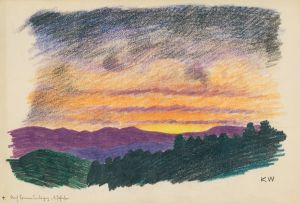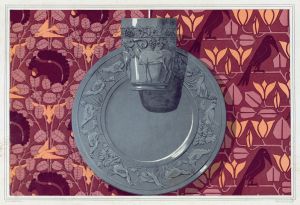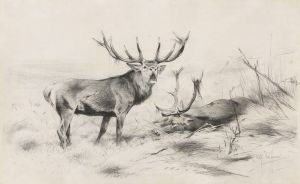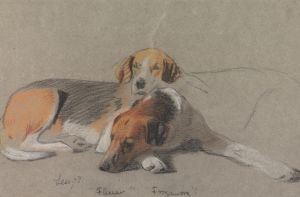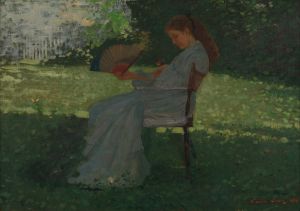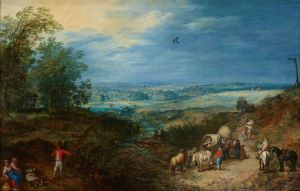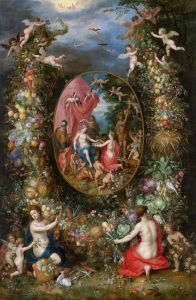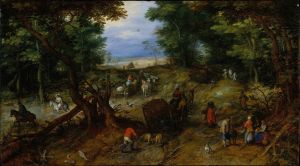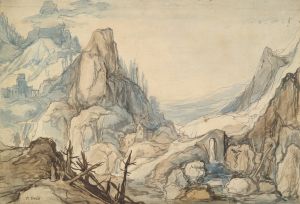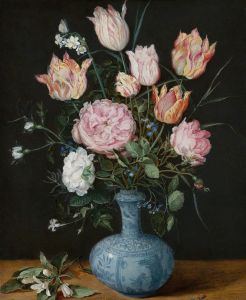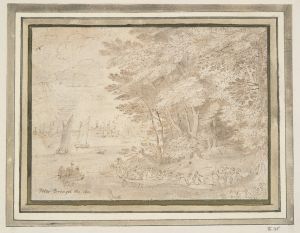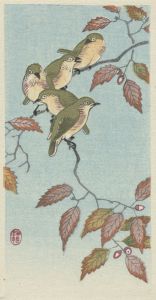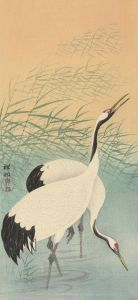
Still Life with Flowers and Insects
A hand-painted replica of Jan Brueghel The Elder’s masterpiece Still Life with Flowers and Insects, meticulously crafted by professional artists to capture the true essence of the original. Each piece is created with museum-quality canvas and rare mineral pigments, carefully painted by experienced artists with delicate brushstrokes and rich, layered colors to perfectly recreate the texture of the original artwork. Unlike machine-printed reproductions, this hand-painted version brings the painting to life, infused with the artist’s emotions and skill in every stroke. Whether for personal collection or home decoration, it instantly elevates the artistic atmosphere of any space.
"Still Life with Flowers and Insects" is a painting by Jan Brueghel the Elder, a prominent Flemish artist of the late 16th and early 17th centuries. Brueghel was known for his meticulous attention to detail and his ability to capture the natural world with remarkable precision. This work is an example of his mastery in the genre of still life painting, which flourished during the Baroque period.
The painting depicts a carefully arranged bouquet of flowers in a vase, surrounded by various insects. The composition showcases a wide variety of blooms, including roses, tulips, and other flowers, rendered with extraordinary detail and vibrant colors. The inclusion of insects, such as butterflies, beetles, and other small creatures, adds a dynamic and lifelike quality to the work. This combination of flora and fauna reflects Brueghel's interest in the natural sciences and his ability to observe and replicate the intricacies of nature.
Jan Brueghel the Elder was part of a prominent artistic family and was the son of Pieter Bruegel the Elder, a renowned painter of the Northern Renaissance. Jan earned the nickname "Flower Brueghel" due to his specialization in floral still lifes. His works were highly sought after by collectors and patrons, including members of the European aristocracy. He often collaborated with other artists, such as Peter Paul Rubens, combining his detailed still lifes with Rubens' dynamic figures.
"Still Life with Flowers and Insects" is characteristic of Brueghel's style, which often featured symmetrical arrangements and a sense of order. The painting also reflects the growing interest in botany and the natural world during the 17th century, a period when scientific exploration and classification were becoming increasingly important. The work is not only a testament to Brueghel's artistic skill but also serves as a historical document of the types of flowers and insects that were known and appreciated during his time.
The exact date of the painting's creation is not specified, but it is consistent with Brueghel's mature period, during which he produced many similar works. Today, "Still Life with Flowers and Insects" is recognized as an important example of Flemish Baroque still life painting and continues to be admired for its technical brilliance and naturalistic detail. The painting is held in a museum collection, though the specific location may vary depending on exhibitions and loans.





